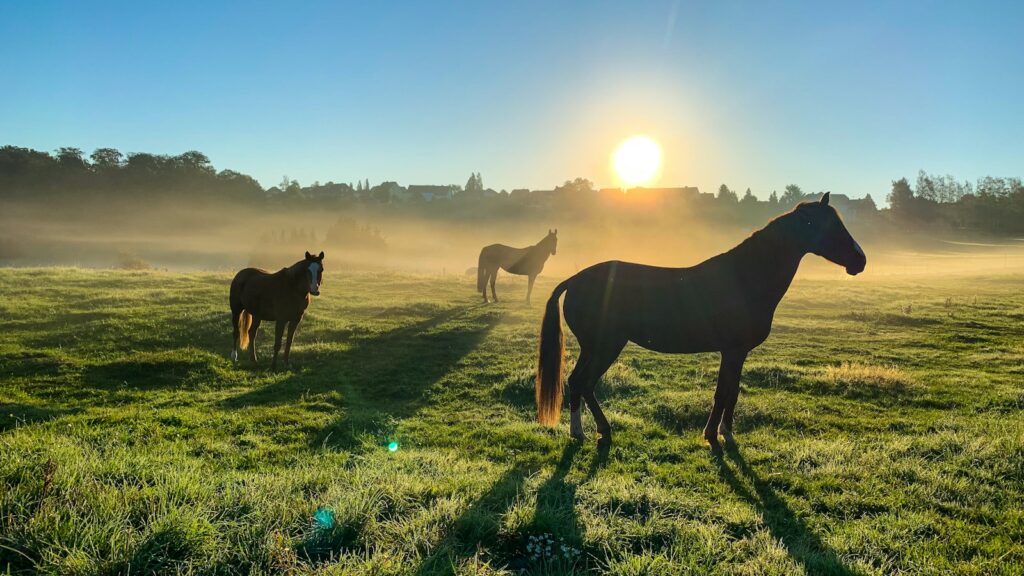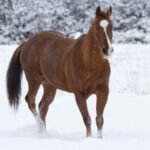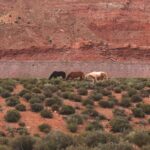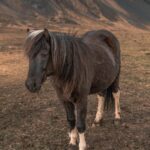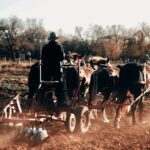In the vast landscapes where ranching thrives, a quiet revolution is taking place. Beyond the familiar sight of Angus cattle and quarter horses, rare and heritage livestock breeds are making a comeback on modern ranches. These living treasures—many once on the brink of extinction—carry centuries of agricultural wisdom in their genes. From drought-resistant cattle that thrive where others falter to sheep that maintain landscapes without machinery, these uncommon breeds offer solutions to contemporary ranching challenges. As climate change, sustainable agriculture, and consumer preferences evolve, rare breeds are proving they’re not just historical curiosities but valuable assets with surprising advantages in today’s ranching operations.
The Vanishing Diversity of Ranch Animals
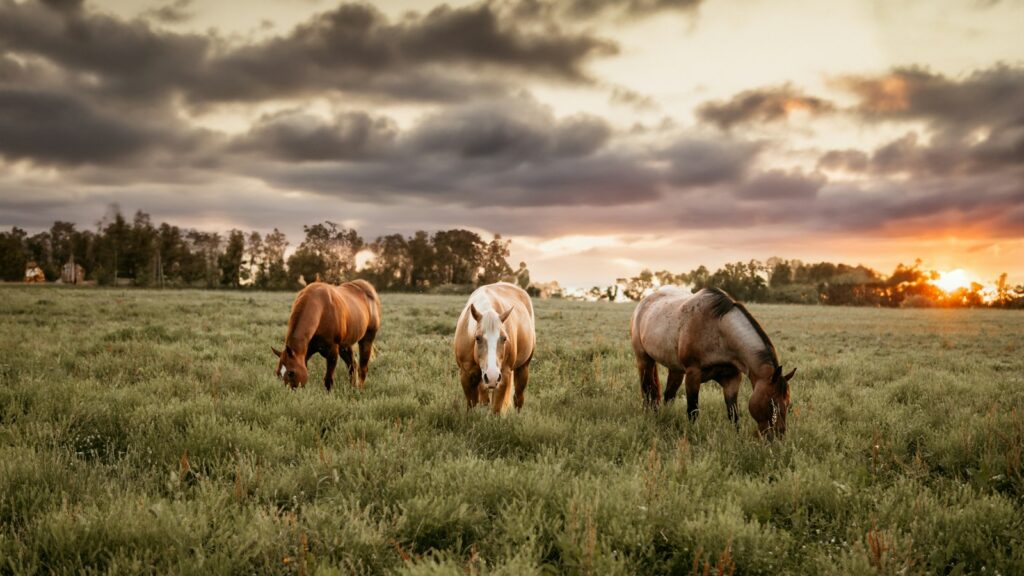
The standardization of modern agriculture has led to a dramatic narrowing of livestock genetic diversity over the past century. According to the Food and Agriculture Organization, nearly 100 livestock breeds have gone extinct since 2000, with another 1,000 threatened with extinction worldwide. This genetic bottleneck is particularly concerning in ranching, where adaptability to specific environments has always been crucial. Traditional ranching once relied on regionally adapted animals developed over centuries to thrive in particular climates, terrains, and forage conditions. The loss of these specialized breeds represents not just a cultural loss but the disappearance of genetic resources that could prove invaluable for future agricultural resilience in the face of climate change and emerging diseases.
Ancient Cattle Breeds Making Modern Comebacks
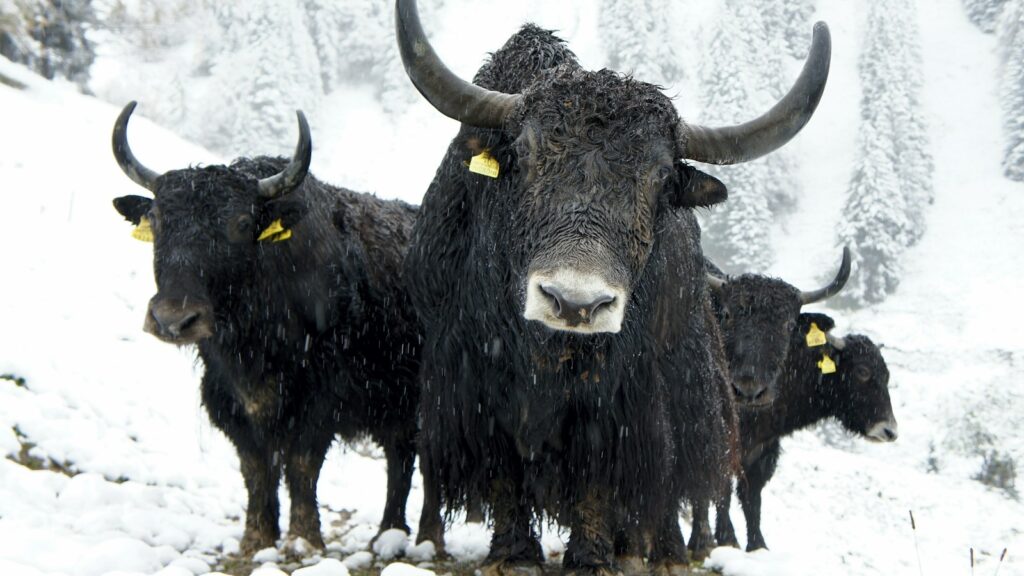
Scottish Highland cattle, with their shaggy coats and impressive horns, are finding new purpose on sustainable ranches across North America. These ancient cattle require minimal shelter even in harsh winter conditions, convert poor forage into high-quality beef, and demonstrate remarkable maternal instincts that reduce calving intervention. Similarly, the Texas Longhorn, nearly extinct in the 1920s, has experienced a resurgence due to its disease resistance, longevity, and ability to thrive in arid conditions with minimal human management. Perhaps most surprising to conventional ranchers is the Dexter, Ireland’s smallest native cattle breed, which produces milk with higher butterfat content than Holsteins while consuming a fraction of the resources, making these compact cattle increasingly valuable for diversified small-scale operations.
Heritage Sheep Beyond Wool Production
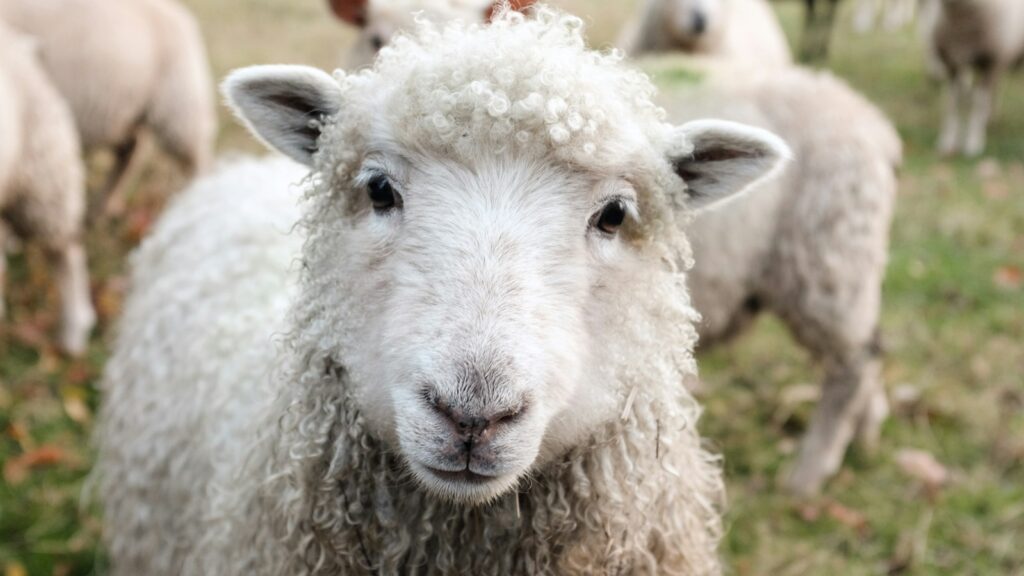
The Navajo-Churro sheep, America’s first domestic sheep breed, demonstrates remarkable adaptation to the harsh desert environments of the Southwest. These hardy animals can subsist on sparse vegetation that other breeds would starve on, while producing distinctive long-staple wool highly valued by traditional weavers. Gulf Coast Native sheep, evolved over centuries in the humid, parasite-rich environments of the American South, possess natural resistance to internal parasites that plague conventional breeds in these regions. This resistance significantly reduces the need for chemical dewormers, aligning with growing consumer demand for reduced chemical inputs in agriculture. Perhaps most innovative is the increasing use of Katahdin and other hair sheep breeds as biological mowing machines in integrated ranch operations, where they effectively control brush and invasive species without fossil fuel consumption or herbicide application.
The Surprising Economics of Heritage Livestock
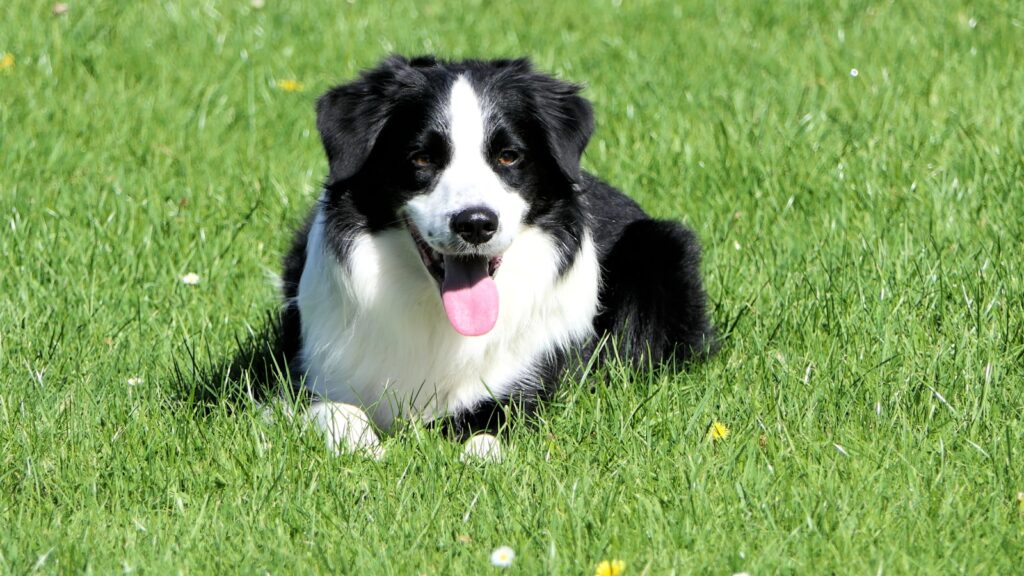
While conventional wisdom suggests rare breeds can’t compete economically with commercial breeds, careful analysis reveals a more complex picture. Heritage breeds often command premium prices in specialty markets, with some ranchers reporting 30-50% higher returns for meat from ancient cattle breeds marketed directly to consumers. The reduced input costs associated with these hardy animals—lower veterinary bills, decreased feed requirements, and fewer infrastructure needs—contribute significantly to overall profitability when properly managed. Additionally, diversification through rare breeds provides economic resilience against market fluctuations that can devastate single-commodity operations. Many successful ranchers incorporating rare breeds have also found valuable income streams through agritourism, breeding stock sales, and even renting animals for vegetation management—revenue opportunities simply unavailable with conventional livestock.
Working Heritage Horse Breeds on Modern Ranches
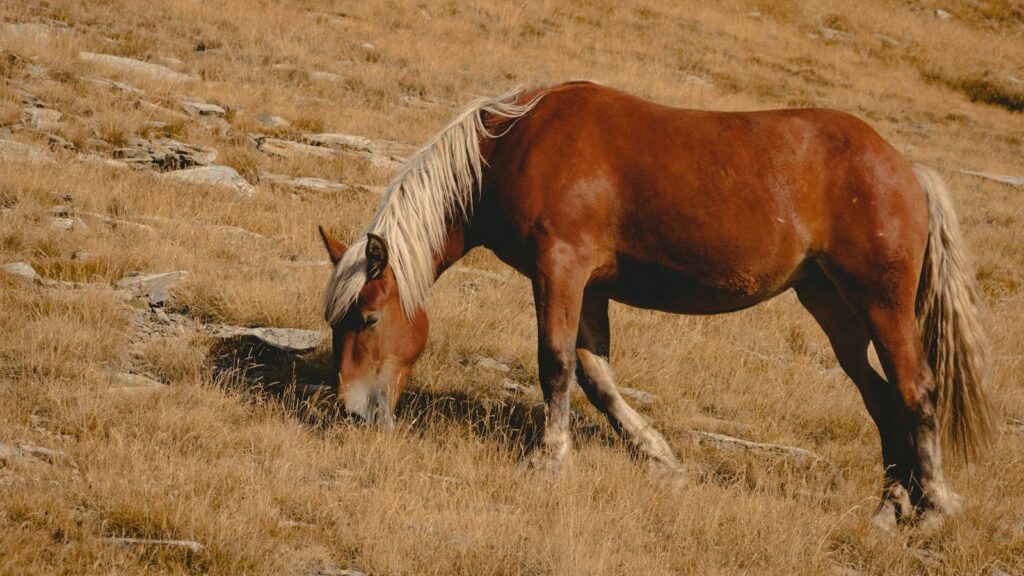
The American Colonial Spanish horse, including strains like the Marsh Tacky and Florida Cracker horse, represents living history with practical applications on today’s working ranches. These horses possess remarkable endurance, surefootedness in difficult terrain, and heat tolerance that makes them invaluable for working cattle in environments where mechanized equipment struggles. The Akhal-Teke, one of the world’s oldest horse breeds originating from Turkmenistan, offers extraordinary endurance and intelligence that makes them exceptional for ranch work requiring long days in the saddle. Perhaps most surprising to conventional ranchers is the renewed interest in draft breeds like the American Cream Draft and Suffolk Punch for logging operations and low-impact field work that minimizes soil compaction. These working heritage horses connect ranchers to traditional skills while providing practical alternatives to fossil fuel-dependent equipment in certain applications.
Heritage Poultry: Beyond Factory Farming
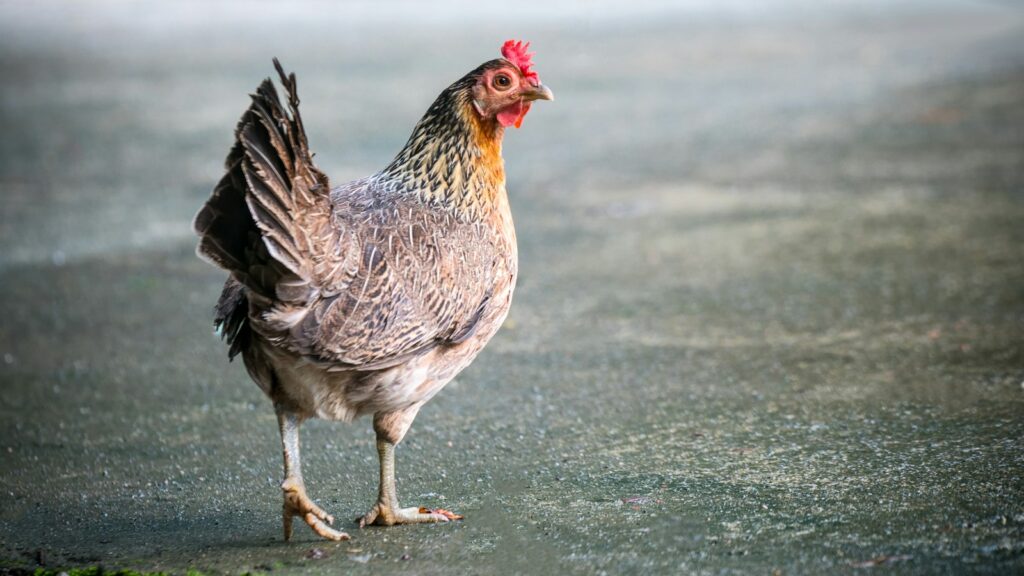
The Buckeye chicken, developed in Ohio in the 1890s, represents one of America’s few breeds created by a woman and demonstrates superior foraging abilities that reduce feed costs while controlling insects naturally around ranch operations. Bourbon Red turkeys, once the standard American holiday bird, have found new purpose on diversified ranches where they control grasshoppers and other pests while producing rich-flavored meat that commands premium prices in farm-to-table markets. The Muscovy duck, unlike most domestic ducks, excels at fly control, with a single duck capable of consuming thousands of flies daily—offering natural pest management around livestock facilities. Many ranchers report that heritage poultry integration provides not just supplemental income but valuable ecosystem services that reduce external inputs and increase overall ranch sustainability.
Conservation Through Utilization
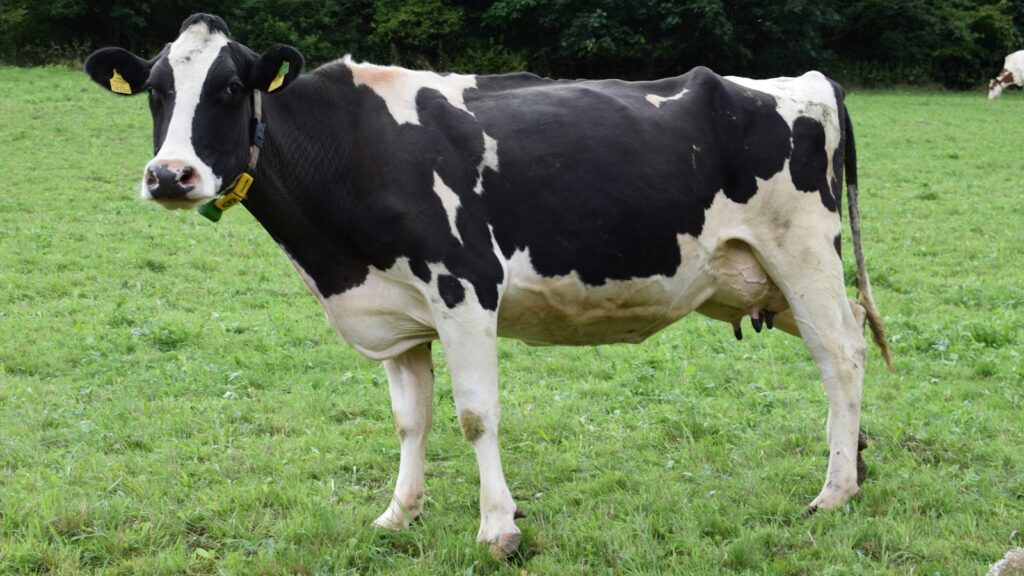
The counterintuitive truth about rare breed conservation is that their survival depends on having practical purposes in modern agricultural systems. Unlike zoo conservation, which preserves genetic material but not the behaviors and adaptations selected through centuries of agricultural use, working ranches maintain both genetics and functional characteristics. The Livestock Conservancy’s “conservation through utilization” approach has helped bring numerous breeds back from the brink of extinction by finding contemporary applications for their unique traits. Success stories like the American Mulefoot hog, which dropped to fewer than 50 animals in the 1980s but now numbers over 1,000, demonstrate how reintegration into production agriculture creates sustainable populations. This approach ensures rare breeds remain adapted to changing conditions rather than becoming genetic curiosities disconnected from their historical purposes.
Climate Resilience Through Genetic Diversity
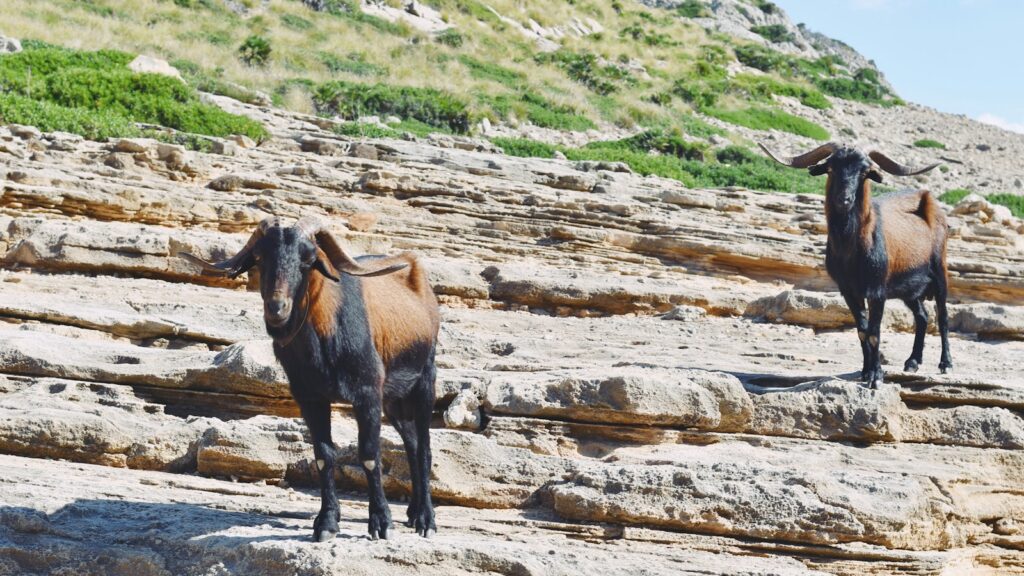
As climate change introduces new challenges to ranching operations, rare breeds often demonstrate surprising adaptability to extreme conditions. The Criollo cattle, descendants of Spanish animals brought to the Americas in the 1500s, display remarkable drought tolerance, traveling up to three times further from water sources than British breeds while maintaining condition on sparse desert vegetation. Rare sheep breeds like St. Croix and Barbados Blackbelly thrive in increasingly hot, humid conditions where conventional wool sheep suffer significant heat stress. Scientific research increasingly confirms that many heritage breeds possess genetic adaptations to variable climate conditions that were inadvertently bred out of commercial livestock selected primarily for production in controlled environments. Forward-thinking ranchers are incorporating these climate-adaptive genetics as insurance against the increasing weather extremes affecting agricultural regions worldwide.
Cultural Heritage and Traditional Knowledge
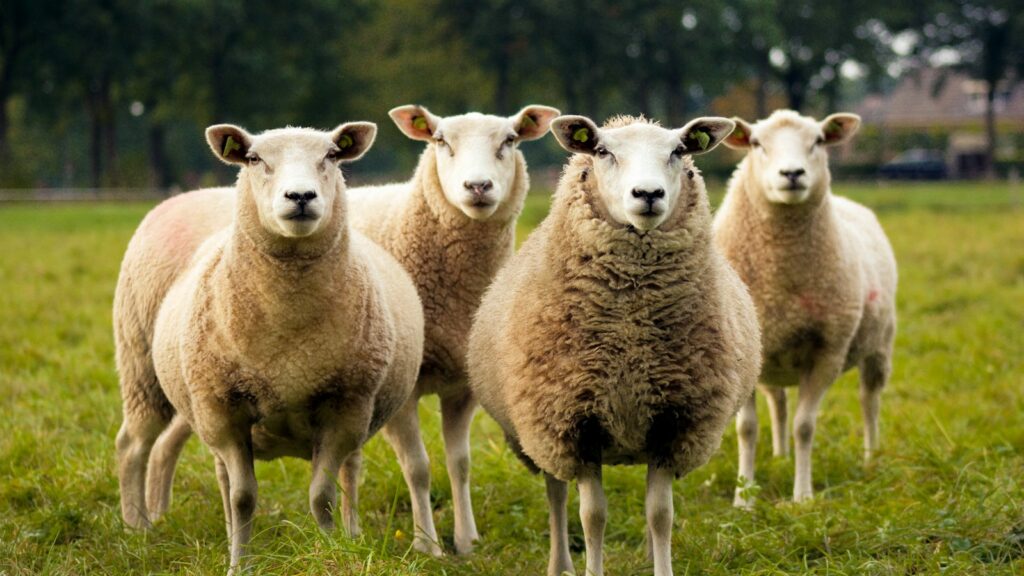
Rare livestock breeds often serve as living repositories of cultural practices and traditional ecological knowledge. The Navajo-Churro sheep remains central to Diné (Navajo) cultural identity, with specific husbandry practices and fiber traditions inseparable from the animal itself. When ranchers adopt heritage breeds, they often find themselves learning historical management techniques that prove remarkably effective despite predating modern veterinary science. These knowledge systems frequently emphasize low-input methods, seasonal production aligned with natural cycles, and astute observation skills that benefit overall ranch management. Many rare breed ranchers report that working with these animals connects them to agricultural traditions spanning centuries, providing not just practical benefits but a deeper sense of purpose and continuity in their stewardship of the land.
Marketing Challenges and Opportunities

Heritage breed ranchers face unique marketing challenges that require educational approaches unfamiliar to conventional commodity producers. Consumers accustomed to standardized meat products often need to understand why heritage breeds look, cook, and taste different from commercial varieties to appreciate their value. Successful rare breed ranchers typically develop storytelling skills that communicate the historical, environmental, and culinary significance of their animals to customers seeking connection to their food sources. Direct marketing channels—from farmers markets to subscription services—have proven particularly effective for capturing the full premium value of these specialty products. The growing interest in food provenance, historical cuisines, and environmental impact has created market niches where the very characteristics that made rare breeds commercially uncompetitive in commodity systems become their greatest selling points in premium markets.
Integration with Regenerative Agriculture
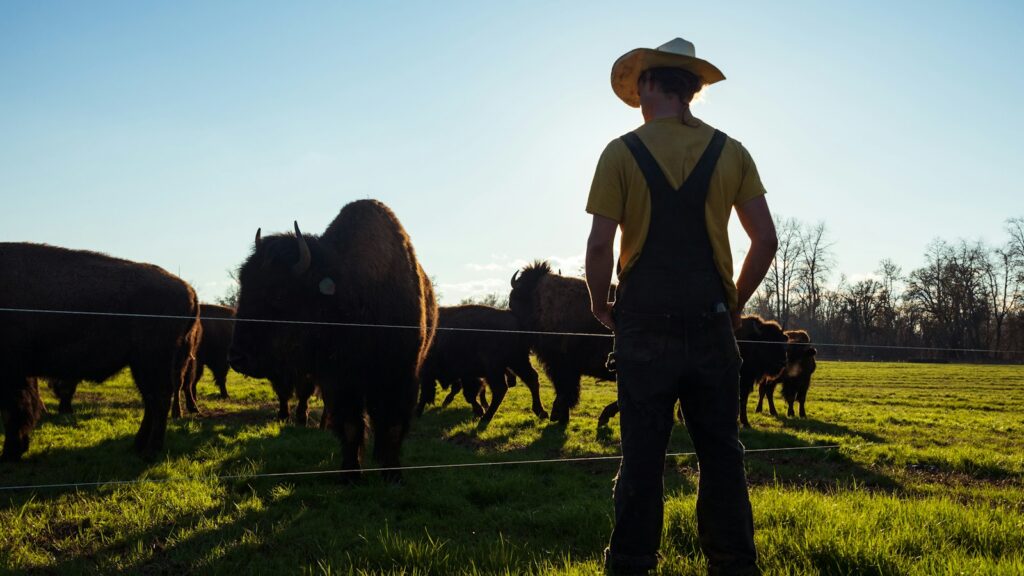
Rare livestock breeds often integrate seamlessly with regenerative agriculture systems that focus on soil health and ecosystem function. The browsing habits of Spanish goats make them exceptional tools for converting invasive brush into saleable meat while improving grassland health for grazing animals. Heritage pig breeds like the Gloucestershire Old Spot excel at woodland management, controlling understory vegetation while building soil through their natural rooting behavior without the destructive impact of some commercial breeds. Multi-species grazing systems using rare breeds with complementary foraging patterns can dramatically increase land productivity while reducing parasite pressure without chemical inputs. These integrated approaches leverage the behavioral instincts and dietary flexibility of heritage breeds—characteristics often diminished in highly specialized commercial livestock—to create productive, regenerative systems that build rather than deplete natural resources.
Legal and Regulatory Hurdles
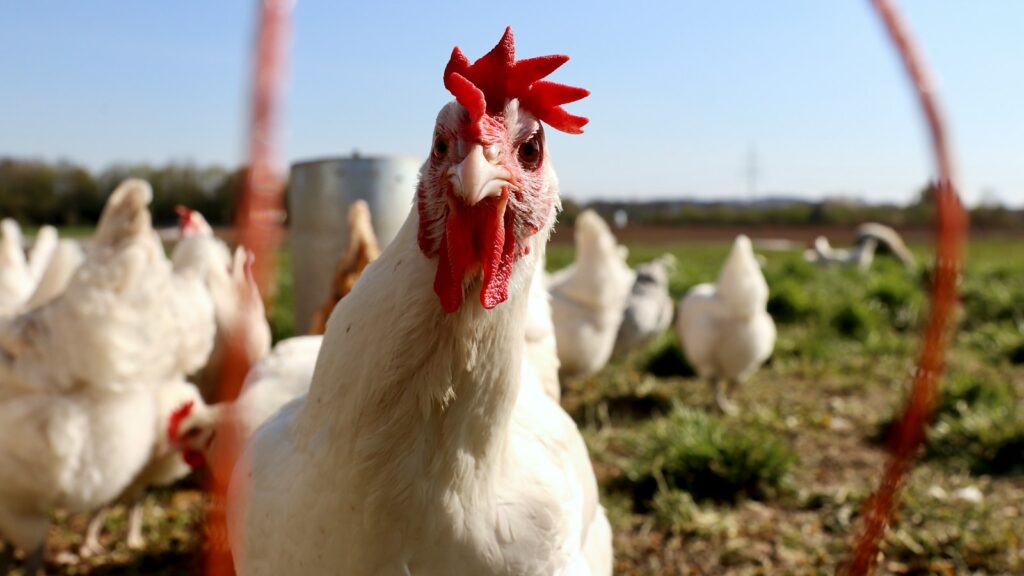
Ranchers working with rare breeds often encounter regulatory systems designed for conventional agriculture that poorly accommodate traditional practices. Heritage poultry breeds that excel in free-range settings may struggle to meet production standards in environments required by some certified organic regulations. Meat processing regulations scaled for industrial operations can create disproportionate burdens for small-scale heritage breed producers, with USDA-inspected facilities often located hundreds of miles from rural ranch operations. Zoning restrictions in peri-urban areas frequently fail to distinguish between industrial livestock operations and the lower-impact systems typical of rare breed husbandry. Progressive ranchers have addressed these challenges through collaborative approaches—including shared mobile processing units, cooperative marketing arrangements, and active engagement with regulatory authorities to develop scale-appropriate standards that maintain safety while accommodating the unique characteristics of heritage breed operations.
The Future of Rare Breeds in Modern Ranching

The integration of rare breeds into contemporary ranch operations represents not a step backward but a sophisticated fusion of traditional genetics with modern knowledge. Cutting-edge technologies like genomic testing now allow ranchers to make more informed breeding decisions while preserving the adaptive traits that make these animals valuable. Scientific research increasingly validates traditional knowledge about rare breed attributes, from meat quality differences to parasite resistance, providing evidence-based support for their commercial applications. As consumer preferences continue shifting toward food with environmental and ethical credentials, rare breed ranching offers compelling narratives that conventional agriculture struggles to match. Perhaps most importantly, these living genetic resources represent insurance against future agricultural challenges—maintaining the broad genetic base that will allow adaptation to conditions we cannot yet anticipate in an era of rapid environmental change.
conclusion
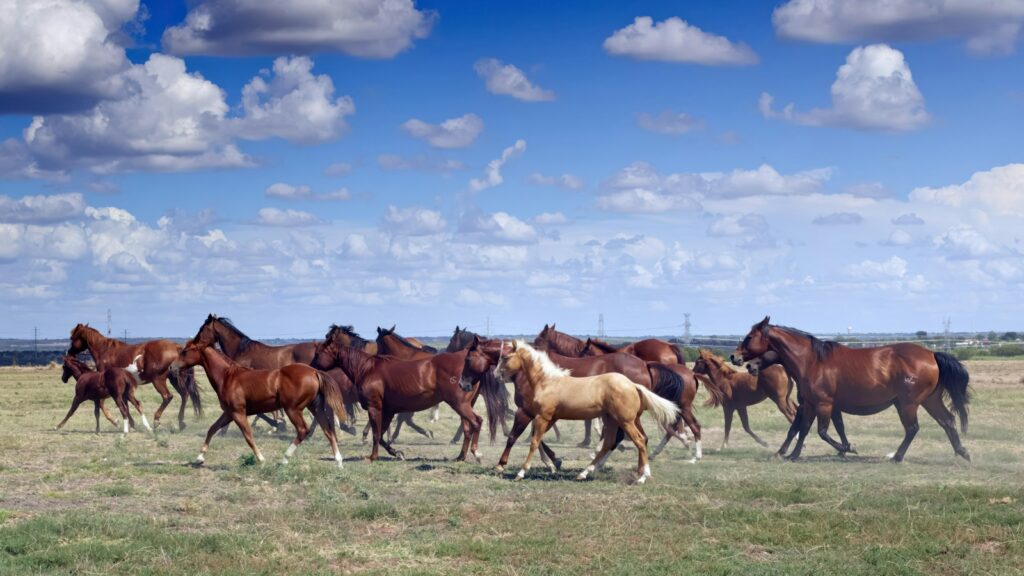
The resurgence of rare livestock breeds on American ranches represents more than nostalgia—it’s a practical response to contemporary challenges facing agriculture. These living artifacts of agricultural history bring with them genetic resources, management strategies, and cultural connections that enrich modern ranching operations. By preserving these breeds through practical use, forward-thinking ranchers are simultaneously honoring agricultural heritage and building more resilient systems for the future. As we face increasing uncertainty in climate, economics, and consumer preferences, the surprising adaptability and efficiency of these historical breeds may prove to be one of ranching’s most valuable assets.

